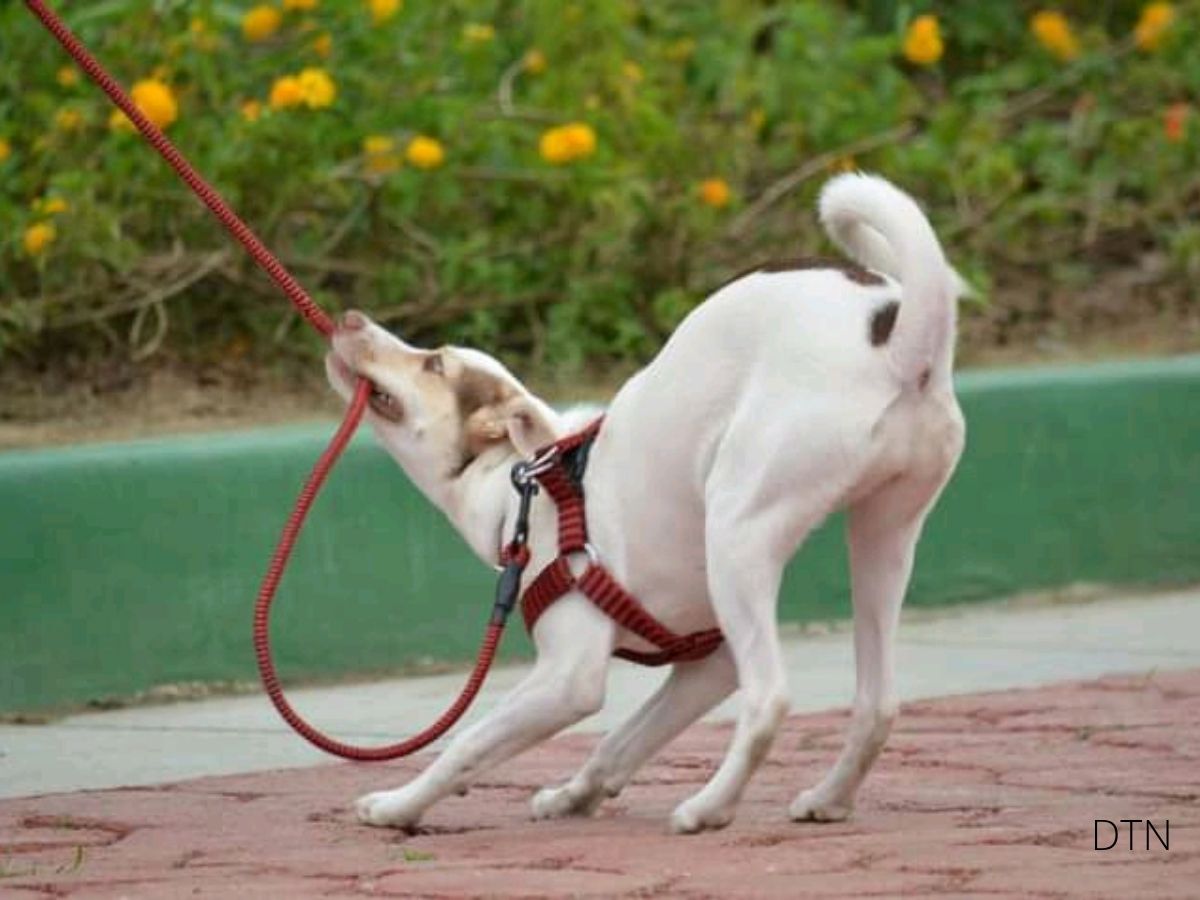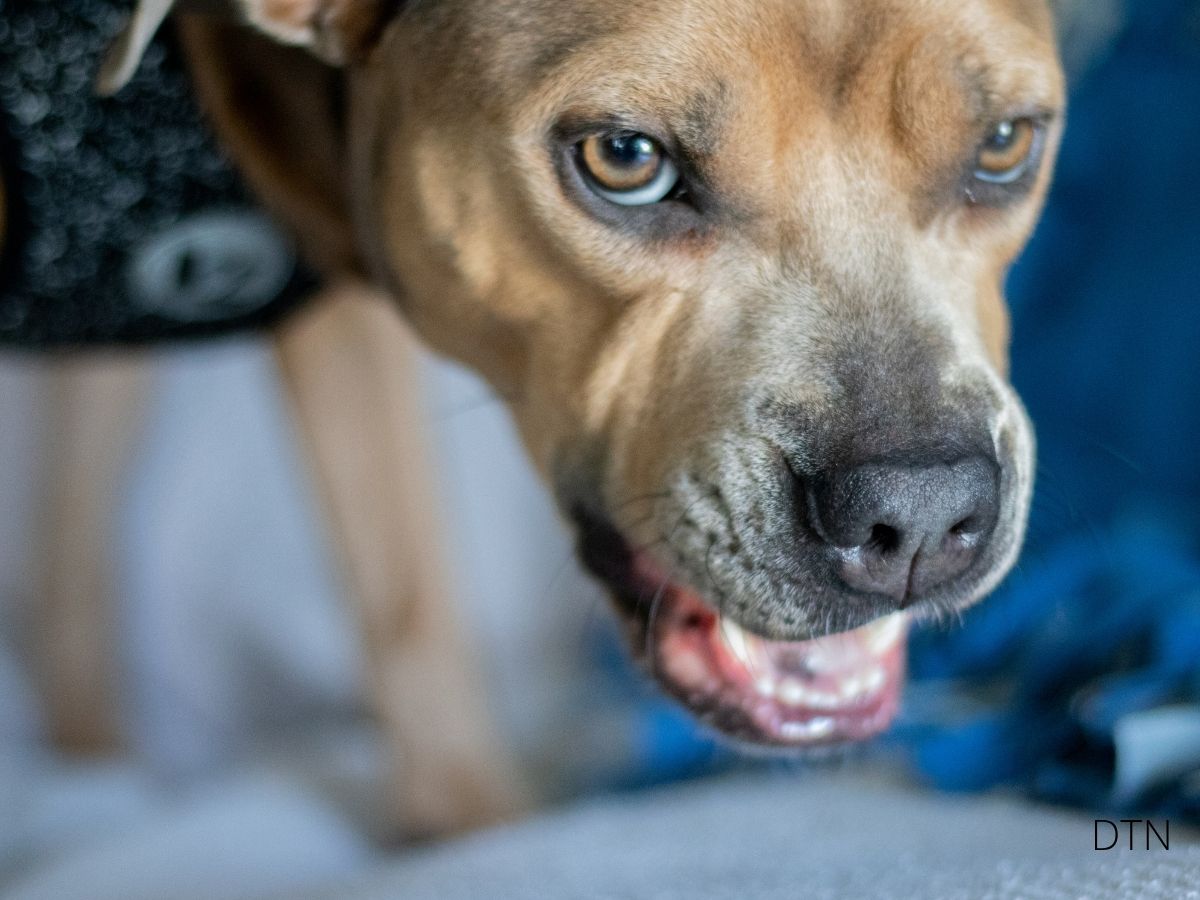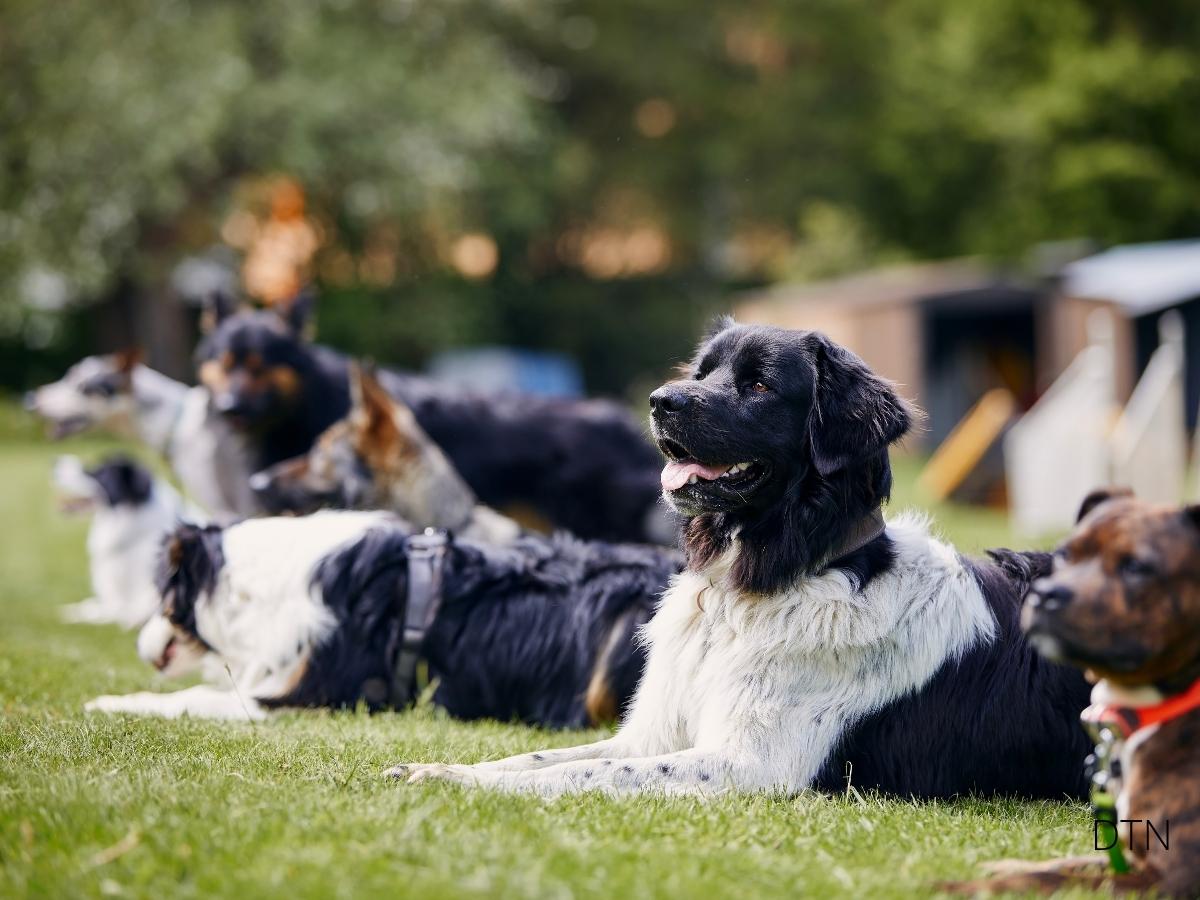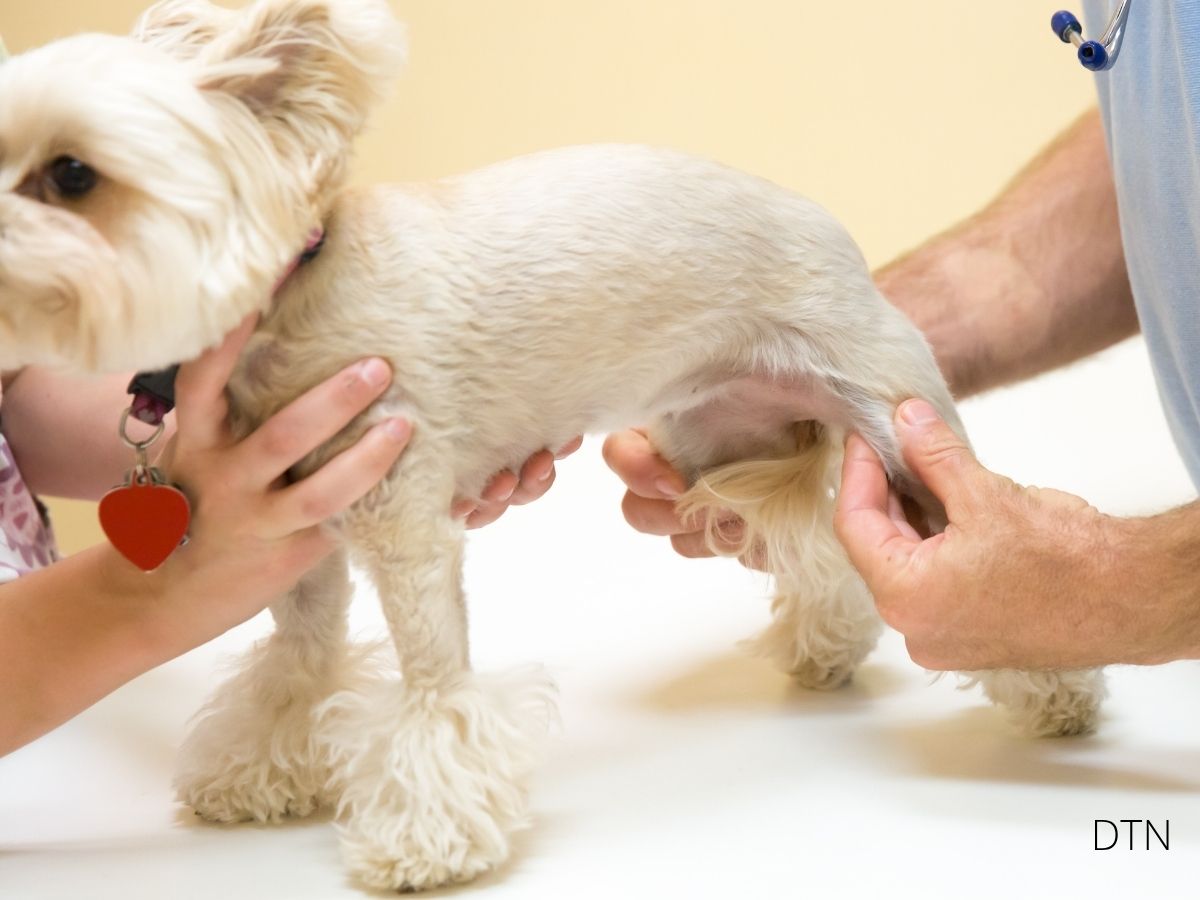Introduction: The Fine Line Between Devotion and Dependence
Your furry companion follows you from room to room, whining softly when you close the bathroom door. While this devoted behavior might initially warm your heart, it raises an important question—where does healthy attachment end and problematic dependence begin?
The bond between humans and dogs represents one of nature’s most remarkable relationships. Yet this connection can sometimes transform into something more complex. Understanding the balance between secure attachment and maladaptive dependence is essential for your dog’s emotional resilience and your mutual wellbeing. Let us guide you through recognizing unhealthy patterns and building a more confident, secure bond with your four-legged friend. 🐾
Understanding Attachment Styles in Dogs
Did you know that dogs, like human children, develop distinct attachment styles based on early life experiences? Researchers have identified patterns remarkably similar to those in child psychology—secure, insecure-avoidant, and insecure-ambivalent styles.
Secure attachment manifests as beautiful balance. These dogs greet you enthusiastically but can also entertain themselves, explore confidently when you’re present, and recover quickly from mild stressors. They use you as a “secure base”—a source of comfort enabling brave exploration rather than restricting it.
Insecure attachment paints a different picture. Your dog might become your shadow, unable to settle unless touching you, or seem oddly detached during reunions. These patterns often trace back to early experiences where inconsistent care or premature separation disrupted natural emotional development.
The Neurobiology Behind Clinginess
Beneath every anxious whimper lies complex neurochemistry. The hypothalamic-pituitary-adrenal (HPA) axis—your dog’s primary stress response system—plays a starring role in attachment behaviors. Early life adversity can dysregulate this delicate system, leaving lasting imprints on how your dog processes separation.
Oxytocin and cortisol engage in an intricate dance within your dog’s brain. Dogs with secure attachments show healthy fluctuations—cortisol rises during stress but returns to baseline when comfort is available. However, dogs with insecure attachments display chronically elevated cortisol, maintaining perpetual alertness that manifests as clinginess.
Research reveals that adverse early experiences actually alter gene expression controlling these crucial hormones. This means your clingy dog isn’t “being dramatic”—their brain is literally wired to perceive more threat in separation.
Recognizing the Warning Signs
How can you distinguish between healthy affection and problematic dependence? The key lies in flexibility and context.
Healthy attachment behaviors include:
- Seeking comfort during storms but settling once reassured
- Following you occasionally while maintaining independent resting spots
- Showing proportional excitement based on separation length
- Eating and playing whether you’re present or not
- Exploring confidently with you as their secure base
Red flags for unhealthy dependence:
- Inability to eat, drink, or eliminate without your presence
- Excessive vocalization when you change rooms
- Destructive behavior targeting doors and windows
- Physical panic symptoms (panting, trembling, drooling)
- Following so closely they trip you
- Complete inability to engage with others when you’re present
The “shadowing phenomenon” deserves special attention. Constant following indicates hypervigilance—these dogs cannot rest because they’re perpetually monitoring your movements, leading to exhaustion and chronic stress.
The love of a dog is a pure thing. He gives you a trust which is total.
– Michel Houellebecq

Building Independence with Compassion
Helping your clingy dog develop independence requires patience and understanding that you’re rewiring neural pathways. This isn’t about making them love you less—it’s about building security.
The gradual independence protocol:
- Start with micro-separations of 2-3 seconds in the same room
- Increase to 10 seconds, then 30, then one minute
- Add distance incrementally—across the room, then doorway
- Progress to different rooms with short durations
- Practice with open doors before closing them
- Always return before distress signals appear
- Reward calm behavior with quiet praise
Confidence-building strategies are equally important. Enrichment activities like puzzle feeders create positive associations with solo time. Teaching commands like “settle” or “go to bed” gives your dog achievable goals that boost self-assurance. Controlled social experiences with trusted friends help them realize the world beyond you can be safe.
Predictable routines profoundly calm anxious dogs. Establish consistent departure patterns and scheduled independence time—perhaps you read while they enjoy a chew toy across the room. These practices normalize separation as non-threatening.
Environmental and Lifestyle Factors
Your home setup influences your dog’s security. Create dedicated safe spaces with comfortable bedding, use baby gates for gentle boundaries without isolation, and consider white noise to mask triggering sounds. These modifications reduce anxiety while promoting healthy autonomy.
Your behavior powerfully shapes clinginess patterns. Lengthy, emotional goodbyes teach dogs that separation is worth worrying about. Instead, keep departures and returns low-key. When your dog seeks attention through whining or pawing, wait for calm behavior before engaging. Even negative attention can reinforce clinginess.
Model confident behavior yourself. Dogs detect and mirror human emotions—if you feel guilty about leaving, they’ll sense this anxiety. Projecting calm confidence helps your dog develop their own emotional stability. 🧠
When Professional Help is Needed
Certain signs indicate clinginess has reached clinical levels requiring expert intervention:
- Self-injury during separation attempts
- Complete inability to function alone
- Aggression when others approach you
- Panic attacks with physical symptoms
- House-training regression linked to separation
Veterinary behaviorists offer the highest expertise for severe cases, combining medical knowledge with behavioral specialization. They can prescribe medications when appropriate—not as quick fixes, but as tools enabling more effective behavior modification. Certified trainers provide valuable support for mild to moderate cases using science-based methods.
The Bigger Picture: Health and Breed Considerations
Sometimes clinginess signals underlying medical issues. Senior dogs with cognitive dysfunction often become increasingly dependent. Vision or hearing loss makes dogs rely more on owner proximity for security. Pain conditions frequently trigger comfort-seeking through closeness. Regular veterinary checkups help identify these contributing factors.
Breed tendencies also matter. Companion breeds like Cavalier King Charles Spaniels were selected for close human bonding, potentially predisposing them to clinginess. Working breeds might redirect their intensity into hypervigilant attachment when under-stimulated. Understanding your dog’s genetic heritage helps set realistic expectations.
Creating Lasting Change
Transforming clingy behavior into healthy attachment is a journey measured in months, not days. Expect initial resistance—behaviors often worsen before improving as your dog tries harder to maintain familiar patterns. This “extinction burst” actually indicates your interventions are working.
Celebrate small victories. Did your dog choose their bed over your feet? Did they investigate a toy independently? These moments represent fundamental neural shifts. Setbacks are normal, especially during stress or illness. View them as practice opportunities rather than failures.
The goal isn’t weakening your bond but strengthening your dog’s confidence. Quality interactions matter more than constant presence. A focused five-minute training session provides more security than hours of anxious shadowing.
Conclusion: Redefining Your Connection
The journey from anxious dependence to secure attachment transforms your dog’s entire worldview. Instead of exhausting hypervigilance, they discover peaceful trust in your return. Rather than living in fear of abandonment, they find joy in confident exploration.
This transformation doesn’t happen overnight, but each step toward independence is worth celebrating. By understanding attachment science, recognizing unhealthy patterns, and committing to compassionate intervention, you’re giving your dog the gift of emotional freedom.
Your clingy dog’s devoted heart doesn’t need to change—just the anxious patterns preventing them from fully enjoying life. In the end, the deepest expression of love might be helping them become their most confident, resilient self. That’s the beautiful paradox of the human-dog bond: sometimes the greatest act of love is teaching them they’re safe, even when you’re apart. 🧡






